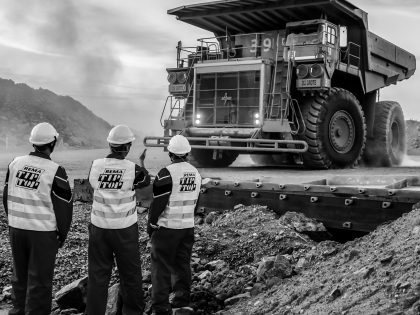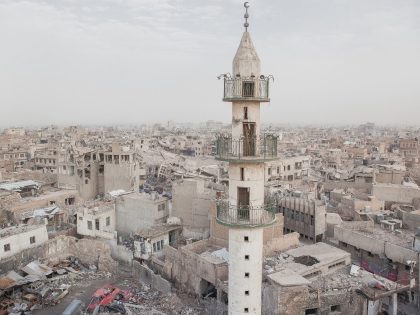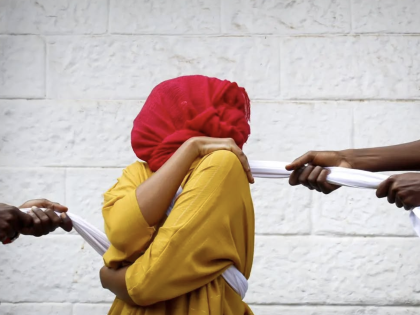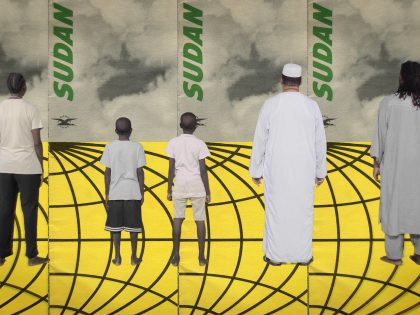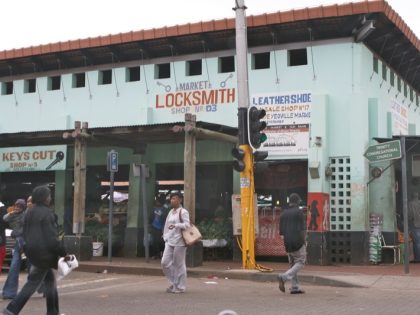Street Photography in Johannesburg: Akinbode Akinbiyi

I love the way that Nigerian photographer Akinbode Akinbiyi works. I mean his approach to photography (see below) and the way that he uses his camera.
At least in the video below, he’s shooting with a Rollei Twin Lens Reflex (TLR) camera, using the sports finder. That immediately makes him one of my favorite photographers. I adore Rollei TLRs, and it’s tremendous fun to use the sports finder. The technique, like the camera itself, went out of fashion in the early ’60s, except among fans and eccentrics. (I’m both, I’ll admit.) Quick translation below the video.
I’ve come here to continue my aim in life which is to photograph big cities, primarily in Africa but also anywhere else. However, [I photograph] not only big cities, but also smaller cities, and even very small ones. / I work like this: I’m very open. I have no major themes, well, some, but they are not foregrounded. / The city [of Johannesburg] is very dense, [but] also very spread out…I find it very hard to capture but it’s one of the most important cities in Africa, and that’s why I really wanted to photograph it. What probably fascinates me the most are the opposites…that in a way you still sense apartheid in the city. / [He asks the shop owner on the street:] Maybe you know, there used to be a cinema in [the neighbourhood of] Mayfair [He asks a petrol attendant who gives him directions to the cinema]. I believe this here is the cinema — in any case it is still here…but the question now is how best to photograph this cinema. It’s hard! Very hard!
I mentioned that I like the way that Akinbiyi plies his trade. In another interview, he describes his approach to photography and to people as slow and gentle:
My philosophy is that you are quickest on foot. This may sound contradictory. When you walk you move slowly through spaces and by so doing you see more. I have been doing this for 40 years. I move very slowly and gently, I try not to invade other people’s spaces, while at the same time trying to take images. It is a sort of dance, a negotiation, meandering — a very sensitive way of moving through all kinds of spaces.
That’s my kind of street photography. The covert stealing of images and the macho posturing of so much classic street photography feels awfully old-fashioned in 2013.
You can read the rest of Akinbiyi’s interview, here.
Akinbiyi’s new work, “Adama in Wonderland” (some examples below), was developed during his stays in the city in 2012 and 2013. He describes the work as “a wander through the contested streets of Johannesburg looking for, searching for its essential essence. Extremely fine gold dust floating ever so ephemerally in the evening twilight, down the grid-patterned streets of Downtown, out into the southern suburbs and up and away into the northern counterparts, and in no way forgetting the equally contested streets of the western and eastern suburbs.”



Akinbiyi’s photos will be exhibited at the Goethe Institut Gallery in Johannesburg, South Africa, from today, 28 November (the exhibition opens at 6:30pm) until 31 January 2014. Details here.















